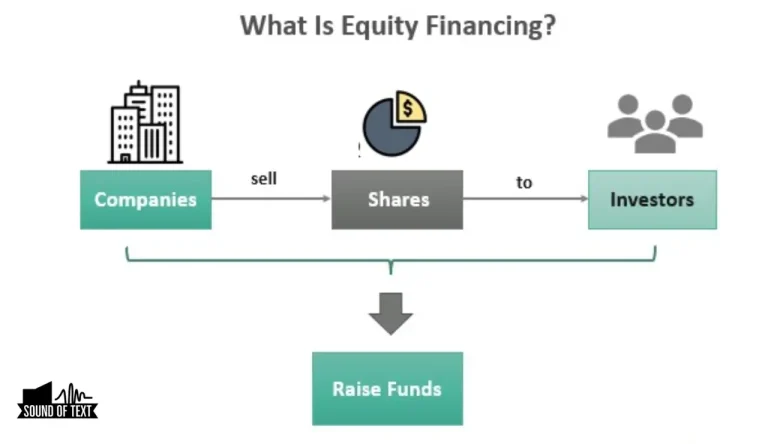Choosing the Right Employment Type – W2 Or 1099?

With the rise of the gig economy, it can take time to determine if you should hire employees or contractors. If you misclassify your employees, you could face severe penalties from the IRS.
Understanding your options can help you make the best decision for your business. Let’s look at some of the pros and cons of each option:
Costs
If you hire employees, costs can go up significantly if you need to be more careful. You must provide employee benefits, including health insurance and paid time off. Additionally, you’ll have to handle payroll and abide by employment regulations like minimum wage and overtime compensation. A Human Resources Information System (HRIS) can help you streamline these tasks and ensure compliance.
Depending on the nature of your business, consider hiring independent contractors rather than W-2 employees. A 1099 employee is sometimes called a freelancer or a contract worker, and they can work on a project-by-project basis with different clients. They’re typically responsible for paying their taxes, including federal income tax, self-employment tax, and Social Security and Medicare taxes.
In contrast, a W-2 employee is often subject to the direction and control of their employer. This type of employee can be more expensive to hire, as they require a larger compensation package, and you’ll have to pay expenses such as office space, equipment, and insurance. Various regulatory requirements, such as minimum wage, overtime pay, and anti-discrimination laws, must also be complied with. Employers that misclassify workers face hefty penalties and lawsuits, so deciding between W-2 and 1099 workers is essential. You should consult an attorney or HR professional to help classify your employees.
Taxes
Employees must be paid various taxes, including federal income tax, Social Security tax, and Medicare tax (which are withheld from their paychecks), as well as state income tax. Employers must also pay employment-related benefits such as health insurance and workers’ comp. A good HRIS solution will help you manage these expenses and ensure federal and state laws compliance.
W-2 employees get Form W-2 wage and tax statements each year that show all the wages they earned and the withholdings from their pay. They use this document to report their income on their tax returns.
Independent contractors get 1099-MISC forms to record their earnings. They typically set their hours and work on a project-by-project basis, depending on their business needs. They may also work for multiple companies and are not covered by employer-provided workers’ compensation or unemployment insurance.
Contractors often have specialized skills that you might not have in-house or would be too costly to hire and train. However, to evaluate if a person is an independent contractor or should be classed as a W-2 employee, firms are required by the IRS to examine the realities of the working relationship thoroughly. That is because misclassification can have legal and financial consequences. The best way to avoid this is to ensure that you clearly understand your relationships with your workers and that they are documented.
Regulatory Burden
When you decide whether to hire an employee or a contractor, carefully consider the specifics of your workers’ relationship. Misclassification can lead to steep legal and financial penalties for the company. For example, if you call someone an independent contractor but they are an employee, you could be liable for back employment taxes and substantial penalties.
The IRS determines if a worker is a W-2 or 1099 employee based on three categories: Behavioral, financial, and type of work arrangement. If a worker performs services for the company as part of their job, is subject to employer control over their work and schedule, and receives employee benefits like health insurance or a pension plan, they are likely a W-2 employee.
In contrast, 1099 employees are self-employed individuals who pay their federal income tax and may be responsible for paying other types of taxes. They also need to file a Form 1099 each year with the IRS and are typically required to find, register, and pay for their employer-provided benefits like healthcare or retirement.
If you are still determining whether a worker is a W-2 or 1099, consult an attorney or tax professional to make an official determination. It can help ensure compliance with IRS regulations and prevent any miscalculations that could result in significant fees for your business.
Time Commitment
When hiring staff, every decision you make has pros and cons. Choosing the right employment type is one of those decisions, but you must consider how each option impacts your organization. There are vital differences between W-2 employees and 1099 contractors, including their impact on culture, payroll taxes, cost, and other factors.
Knowing the difference between these two types of workers is essential because misclassification can lead to fines and penalties from the IRS. To avoid this, businesses must carefully evaluate each worker’s status and submit the correct tax forms to the IRS.
W-2 personnel are typically employed by the corporation and are given a Form W-2 wage and tax statement yearly. They are paid a set salary and may have health insurance, a pension plan, and more benefits. In addition, employers must withhold income and employee portions of Social Security and Medicare from their wages.
On the other hand, 1099 contractors are typically self-employed individuals who work for many clients throughout the year. They have less control over their work and don’t enjoy the same benefits of working for a single employer. They are also not covered by worker’s compensation insurance, so they cannot sue their manager for financial damages if they get hurt on the job.






